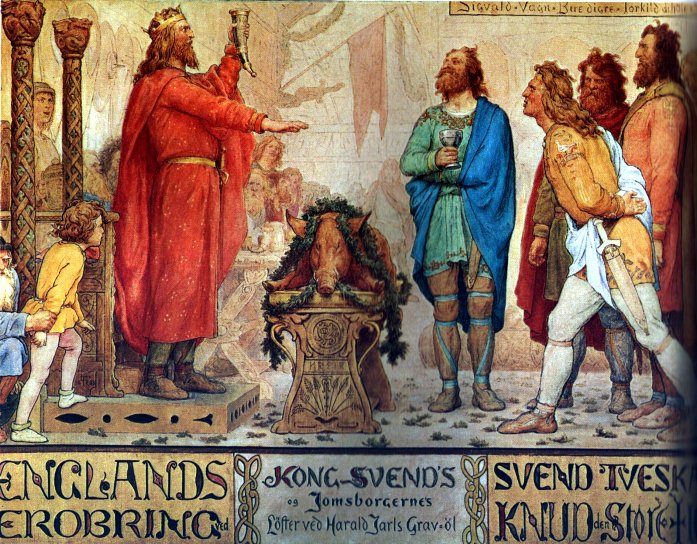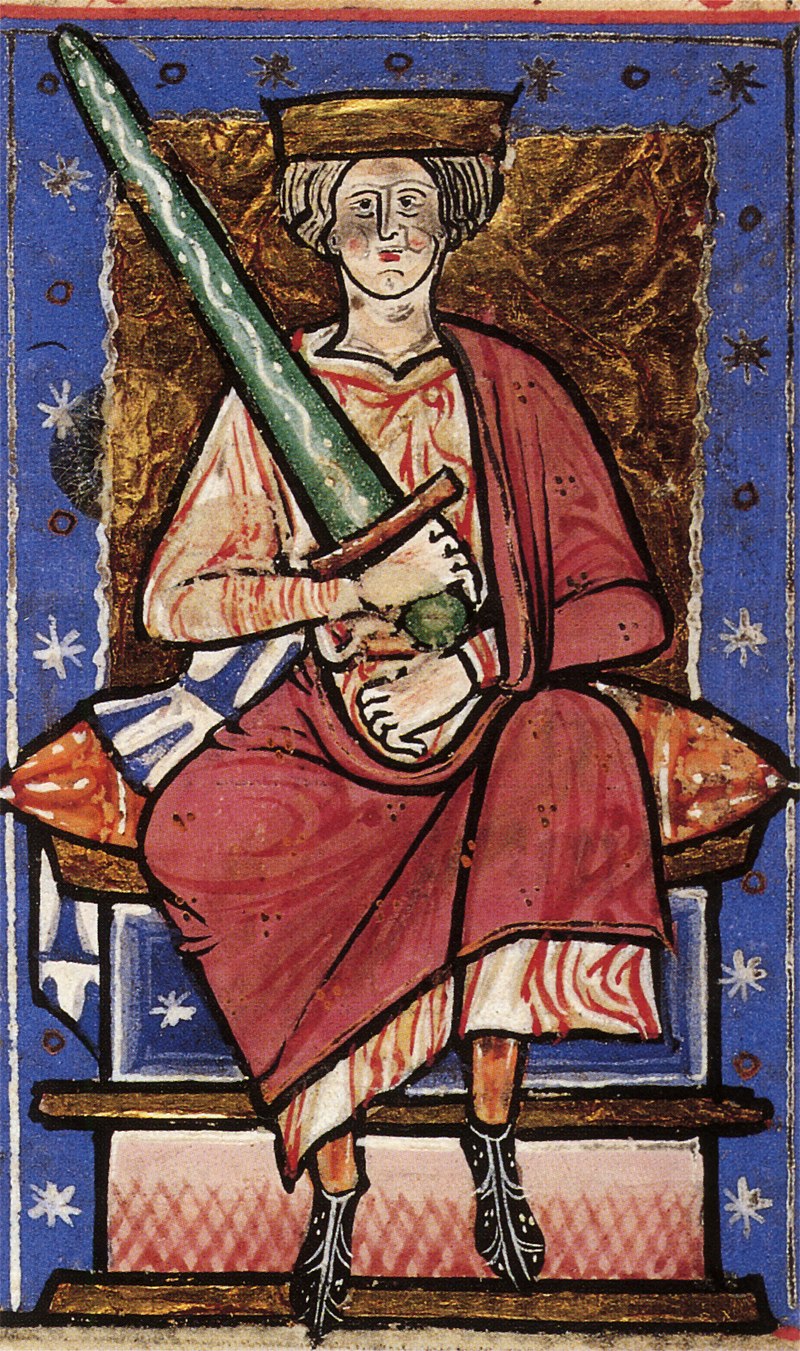by Susan Flantzer © Unofficial Royalty 2020

Credit – Wikipedia
Frederik IV, King of Denmark and Norway is known for making two bigamous marriages. He was the eldest of the four sons and the eldest of the seven children of Christian V, King of Denmark and Norway and Charlotte Amalie of Hesse-Kassel. He was born on October 11, 1671, at Copenhagen Castle in Copenhagen, Denmark. Frederik was the Crown Prince of Denmark from birth.
Frederik had six younger siblings:
- Christian Vilhelm of Denmark and Norway (1672 – 1673), died in infancy
- Christian of Denmark and Norway (1675 – 1695), unmarried, died from smallpox at age 20
- Sophia Hedwig of Denmark and Norway (1677 – 1735), unmarried
- Christiane Charlotte of Denmark and Norway (1679 – 1689)
- Carl of Denmark and Norway (1680 – 1729), unmarried
- Vilhelm of Denmark and Norway (1687 – 1705), died at age 18
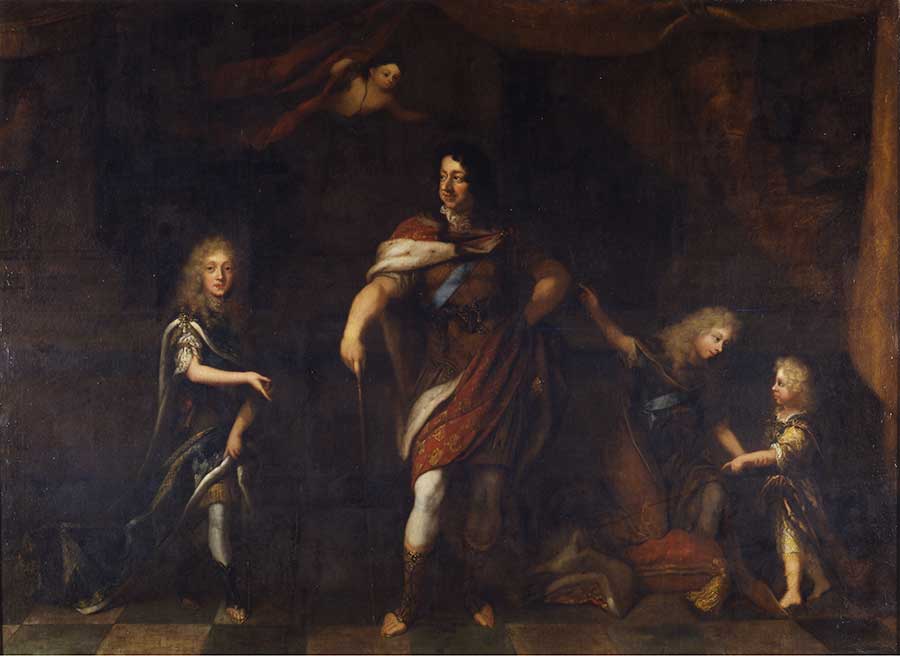
King Christian V with his eldest son Frederik and his other sons Christian and Carl; Credit – Wikipedia
From his father’s 30-year affair with Sophie Amalie Moth, Frederik had six half-siblings who were all raised at court:
- Christiane Gyldenløve (link in Danish) (1672 – 1689), married Count Frederik Ahlefeldt (link in Danish), no children
- Christian Gyldenløve (1674 – 1703), married (1) Countess Charlotte Amalie of Danneskiold-Samsøe, daughter of an illegitmate son of King Frederik III, had two daughters (2) Dorothea Krag, had two sons
- Sophie Christiane Gyldenløve (1675 – 1684)
- Anna Christiane Gyldenløve (1676 – 1689)
- Ulrik Christian Gyldenløve (1678 – 1719), Danish Navy Admiral and Governor of Iceland
- A daughter (1682 – 1684)

Frederik as Crown Prince of Denmark by Hyacinthe Rigaud, 1693; Credit – Wikipedia
When it came time for Frederik to marry, his father decided that he should follow the tradition of the family and marry a German princess. He visited many Protestant northern German courts and was instructed by his father to ask his aunt Anna Sophia of Denmark and Norway, Electress of Saxony for advice. Anna Sophia advised Frederik to marry Louise of Mecklenburg-Güstrow. Frederik was partial to Louise and readily agreed. Louise was the daughter of Duke Gustav Adolph of Mecklenburg-Güstrow and Magdalene Sibylle of Holstein-Gottorp. Like Frederik, Louise was a great-great-grandchild of King Frederik II of Denmark and Norway. On December 5, 1695, their wedding took place at Copenhagen Castle in Copenhagen, Denmark.

Louise of Mecklenburg-Güstrow; Credit – Wikipedia
Frederik and Louise had four sons and one daughter. Sadly, three sons died in infancy.
- Christian of Denmark and Norway (1697 – 1698), died in infancy
- Christian VI, King of Denmark and Norway (1699 – 1746), married Sophie Magdalene of Brandenburg-Kulmbach, had one son and one daughter including Frederik V of Denmark and Norway
- Frederik Carl of Denmark and Norway (1701 – 1702), died in infancy
- Jørgen of Denmark and Norway (1703 – 1704), died in infancy
- Charlotte Amalie of Denmark and Norway (1706 – 1782), unmarried
King Christian V died on August 25, 1699, due to the after-effects of a hunting accident, ten months after he had suffered very severe injuries from being kicked by a deer. Frederik acceded to the Danish throne as King Frederik IV. Frederik and his wife were anointed King and Queen of Denmark and Norway on April 15, 1700, at the Frederiksborg Castle Chapel.
Despite having inadequate training, Frederik was a fairly successful ruler. He selected his advisors carefully and held audiences in which ordinary people could speak to him and present letters with complaints or requests. However, Frederik was not very familiar with the Danish language, which he only used on state occasions. He usually spoke and wrote in German and French. For a good part of Frederik IV’s reign, Denmark, along with Russia and Saxony, was engaged in the Great Northern War (1700 – 1721) against Sweden. He did not achieve his main goal, to regain the former eastern Danish provinces lost to Sweden in the 17th century. Denmark also had to return Holstein-Gottorp to its duke.

Fredensborg Palace; Credit – By Glån – https://www.flickr.com/photos/84554176@N00/5251098650/sizes/o/in/photostream/, CC BY 2.0, https://commons.wikimedia.org/w/index.php?curid=12668133
Frederik IV was interested in Italian architecture and traveled to Italy several times and so he had two palaces built in the Italian Baroque style. Frederiksberg Palace, located in Frederiksberg, close to Copenhagen, was built 1699 – 1735 and served as the Danish royal family’s summer residence until the mid-19th century. It was vacant for several years but since 1869, it has been the home of the Royal Danish Military Academy. Fredensborg Palace built 1720 – 1726, is located on Lake Esrum in Fredensborg on the island of Zealand in Denmark. Today, it is the Danish royal family’s spring and autumn residence and is often the site of state visits and family events in the Danish royal family.

Elisabeth Helene von Vieregg; Credit – Wikipedia
In 1699, Frederik began a relationship with Elisabeth Helene von Vieregg, a lady-in-waiting to his unmarried sister Sophia Hedwig. In 1703, without divorcing his wife Louise, Frederik made a bigamous marriage to Elisabeth. After Elisabeth died in 1704 due to childbirth complications giving birth to a son Frederik Gyldenløve, Frederik IV gave her an elaborate funeral. Little Frederik Gyldenløve lived for only nine months.
After the death of Elisabeth, Frederik began an affair with her lady-in-waiting, Charlotte Helene von Schindel. In 1709, Frederik wanted to again make a bigamous marriage but received strong opposition from the church which told him that the law against bigamy also applied to kings. Charlotte and Frederik had a daughter in 1710 who died in infancy.
After losing interest in Charlotte Helene von Schindel in 1711, Frederik then fell in love with 19-year-old Anna Sophie, daughter of Grand-Chancellor Conrad Reventlow who held a position similar to Prime Minister. In 1712, Frederik abducted her from her parents’ home and took her to Skanderborg Castle where they were married bigamously as Frederik’s wife Queen Louise was still alive. The adultery and bigamy of Frederik IV and the effect it had upon Queen Louise deeply affected and disturbed Crown Prince Christian. Christian distanced himself from his father and he came to detest Anna Sophie.
After the death of Queen Louise on March 15, 1721, Frederik and Anna Sophie were married in a second formal wedding conducted with great ceremony on April 4, 1721. Although the marriage was still scandalous, it was not declared morganatic and Anna Sophie was crowned as Queen at Frederiksberg Palace in May 1721.
Anna Sophie Reventlow; Credit – Wikipedia
Anna Sophie Reventlow and King Frederick IV had six children. Three were born before the legal marriage in 1721 but none survived. This was seen by many as divine punishment for their bigamy. The three children born after the 1721 marriage were styled as Prince/Princess of Denmark but none of them survived infancy either.
- Frederika Sophie Reventlow (born and died before1721), died in infancy
- Frederica Conradine Reventlow (born and before 1721), died in infancy
- Stillborn (before 1721)
- Princess Christiana Amalia (1723 – 1724), died in infancy
- Prince Frederik Christian (1726 – 1727), died in infancy
- Prince Karl (1728 – 1729), died in infancy
Toward the end of his life, Frederik IV suffered from edema, then called dropsy. He died on October 12, 1730, the day after his 59th birthday, at Odense Palace in the city of Odense on the Danish island of Funen. Frederik IV was buried at Roskilde Cathedral, the traditional burial place for the Danish royal family, in Roskilde Cathedral.

King Frederik IV’s tomb; Credit – Wikipedia
This article is the intellectual property of Unofficial Royalty and is NOT TO BE COPIED, EDITED, OR POSTED IN ANY FORM ON ANOTHER WEBSITE under any circumstances. It is permissible to use a link that directs to Unofficial Royalty.
Kingdom of Denmark Resources at Unofficial Royalty
- Kingdom of Denmark Index
- Danish Orders and Honours
- Danish Royal Burial Sites: House of Oldenburg, 1448 – 1863
- Danish Royal Burial Sites: House of Schleswig-Holstein-Sonderburg-Glücksburg, 1863 – present
- Danish Royal Christenings
- Danish Royal Dates
- Danish Royal Residences
- Danish Royal Weddings
- Line of Succession to the Danish Throne
- Profiles of the Danish Royal Family
Works Cited
- Da.wikipedia.org. 2020. Frederik 4.. [online] Available at: <https://da.wikipedia.org/wiki/Frederik_4.> [Accessed 29 April 2020].
- De.wikipedia.org. 2020. Friedrich IV. (Dänemark Und Norwegen). [online] Available at: <https://de.wikipedia.org/wiki/Friedrich_IV._(D%C3%A4nemark_und_Norwegen)> [Accessed 29 April 2020].
- En.wikipedia.org. 2020. Frederick IV Of Denmark. [online] Available at: <https://en.wikipedia.org/wiki/Frederick_IV_of_Denmark> [Accessed 29 April 2020].





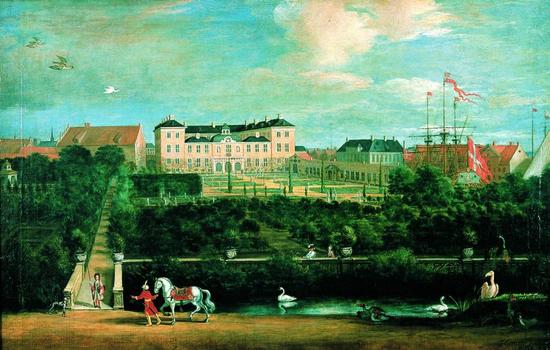

















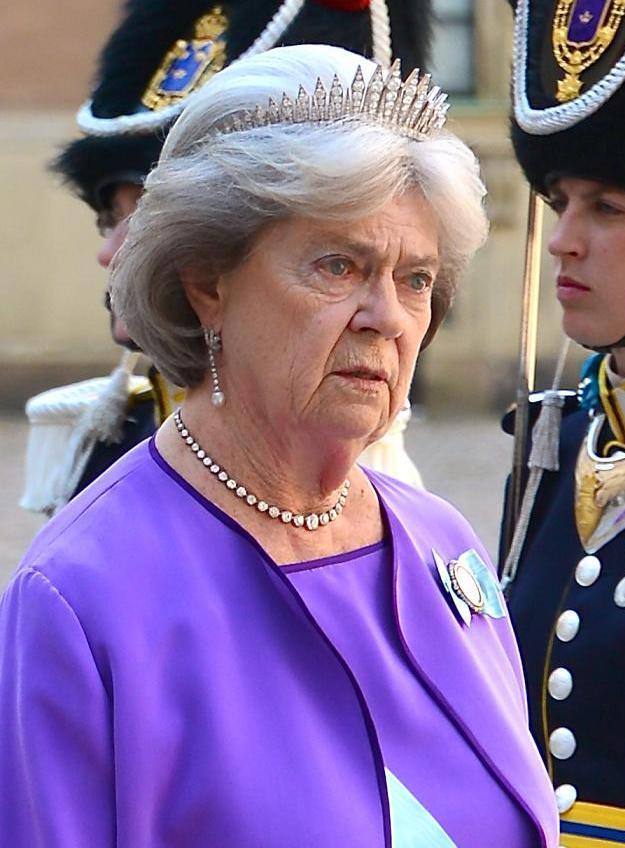

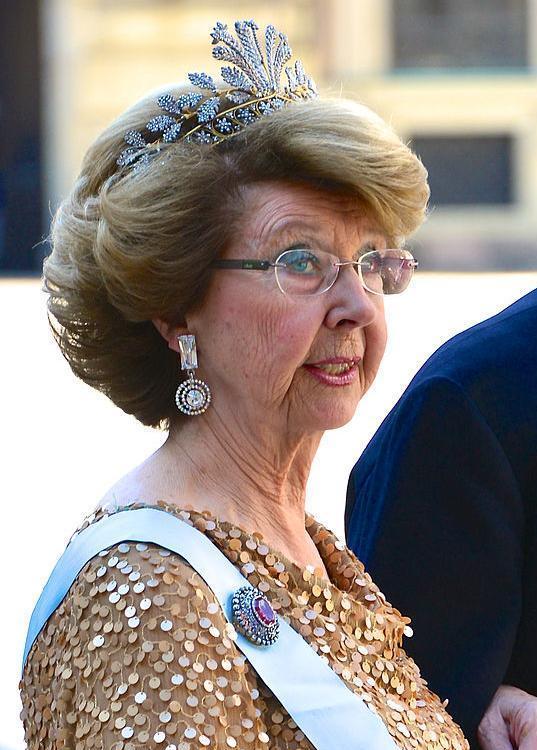


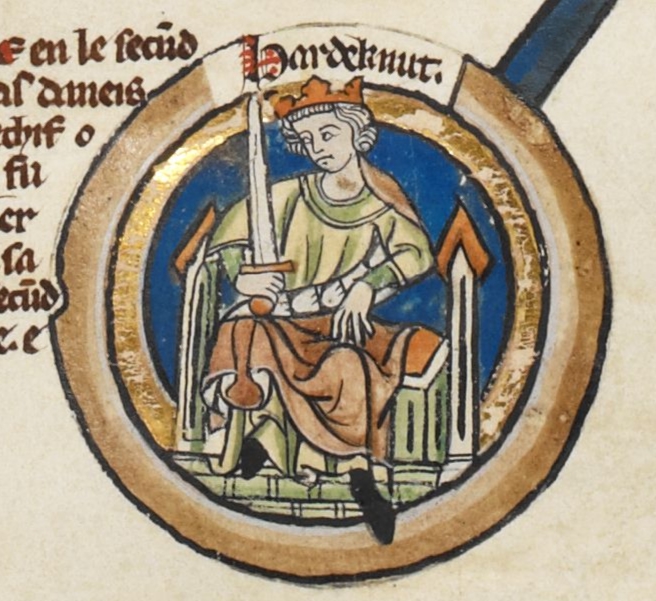



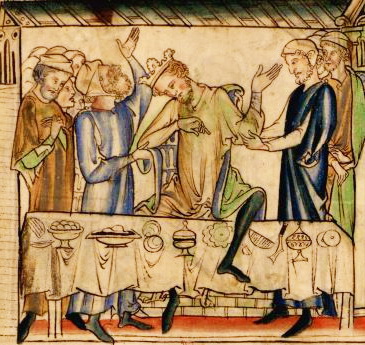

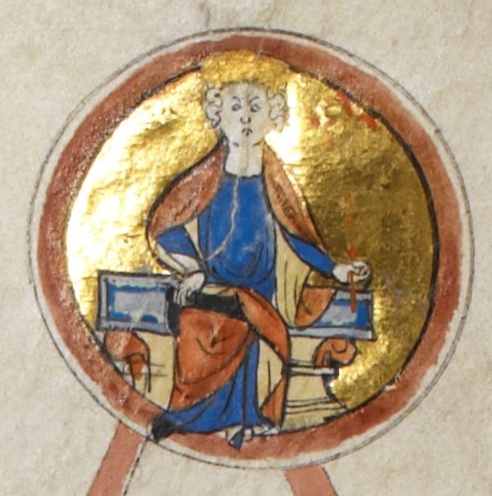




 (
(
